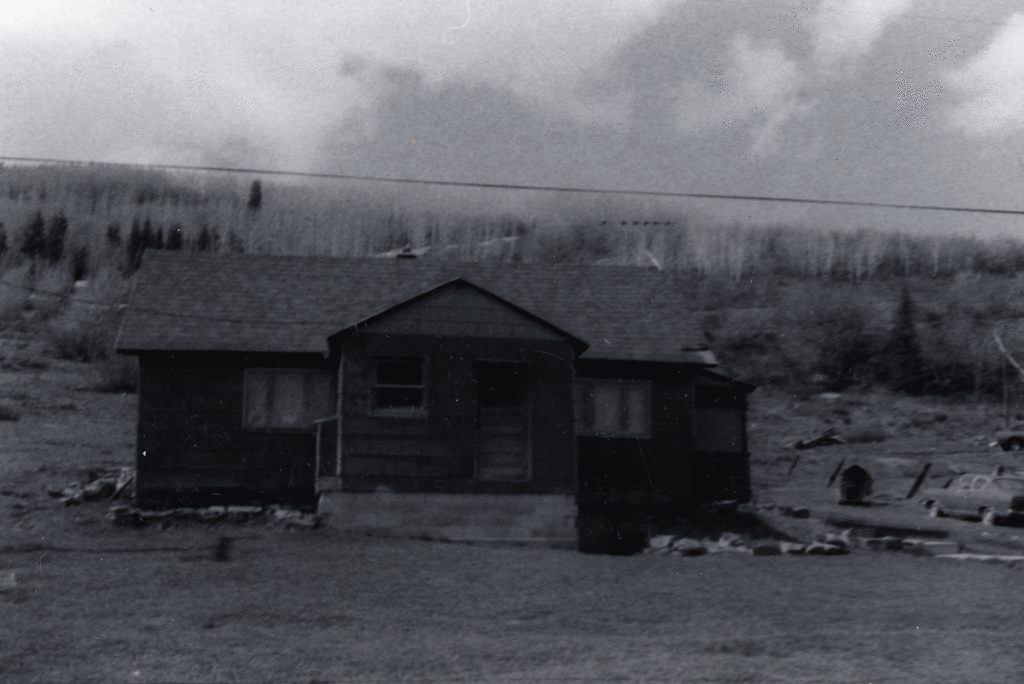Marie Arthur, our “woman slayer” from last week, was back in the headlines in 1916, just over a year after her official pardon. While living in the red light district in Park City she was arrested for “flourishing a deadly weapon.”[1] The trouble was over a horse Marie had recently purchased from Will Lawry. A Mrs. Tom Hurley (who herself had recently shot her husband), thinking that as a friend of Will’s she had a right to the horse, took it and rode past Marie’s home. Seeing this, Marie grabbed her gun and fired three shots at the ground. In court, she pleaded guilty. After the judge agreed that there were extenuating circumstances, she was fined $25.
Marie made news again in 1922 for shooting her husband. The man, Will Lawry, had sold her the infamous horse back in 1916 and had been a client of hers in the red light district. She had married Will just a few months after the horse incident. This time, abuse and assault were given as reasons for her violence. Marie and her husband had quarreled after he found her in the company of friends of which he disapproved. When she refused to comply with his demand that she return home, he allegedly began to beat and kick her. She threatened him with a small weapon, which he took. Marie then went back to the house, arriving before Will. When he appeared at the door, she shot him in the arm and hand with a .45 caliber revolver. She escaped punishment afterward promising that she “wouldn’t do any more gunning for awhile.”[2]

Credit: Park City Historical Society & Museum
By 1926, Marie had separated from Will Lawry and was living in Idaho with a man named Clarence Langford. It may not come as a surprise that Marie was back in the paper again for shooting her man after a jealous quarrel. By then, police had started referring to her “bullet complex” and she admitted that she couldn’t control her trigger finger. Once again, though, Marie got away with a shooting, this time because the victim appeared in court and assumed complete responsibility for the scuffle.
Time and again, Marie’s good looks and sad story earned her the court’s compassion and led to mild punishments. At the time, women were rarely harshly penalized for violent acts; typically all-male juries usually found justifiable circumstances, making the woman herself not responsible. In 1922, the Salt Lake Telegram reported that only one woman had served time in state prison for first degree murder in the past nineteen years. When Marie killed her lover Frank “Broadway” Jones in 1914 (see last week’s article), she not only received a light sentence for involuntary manslaughter rather than murder, she was later pardoned. Only one other criminal was pardoned; eleven were not, all male. Was Marie justified in her actions, protecting herself from abusive men with the only defense she had, a trigger finger? Or was she a cold-blooded woman with a pretty face who literally got away with murder?
[1] “Park Float.” Park Record. June 23, 1916.
[2] “Marie Makes Good.” Salt Lake Telegram. May 24, 1922.